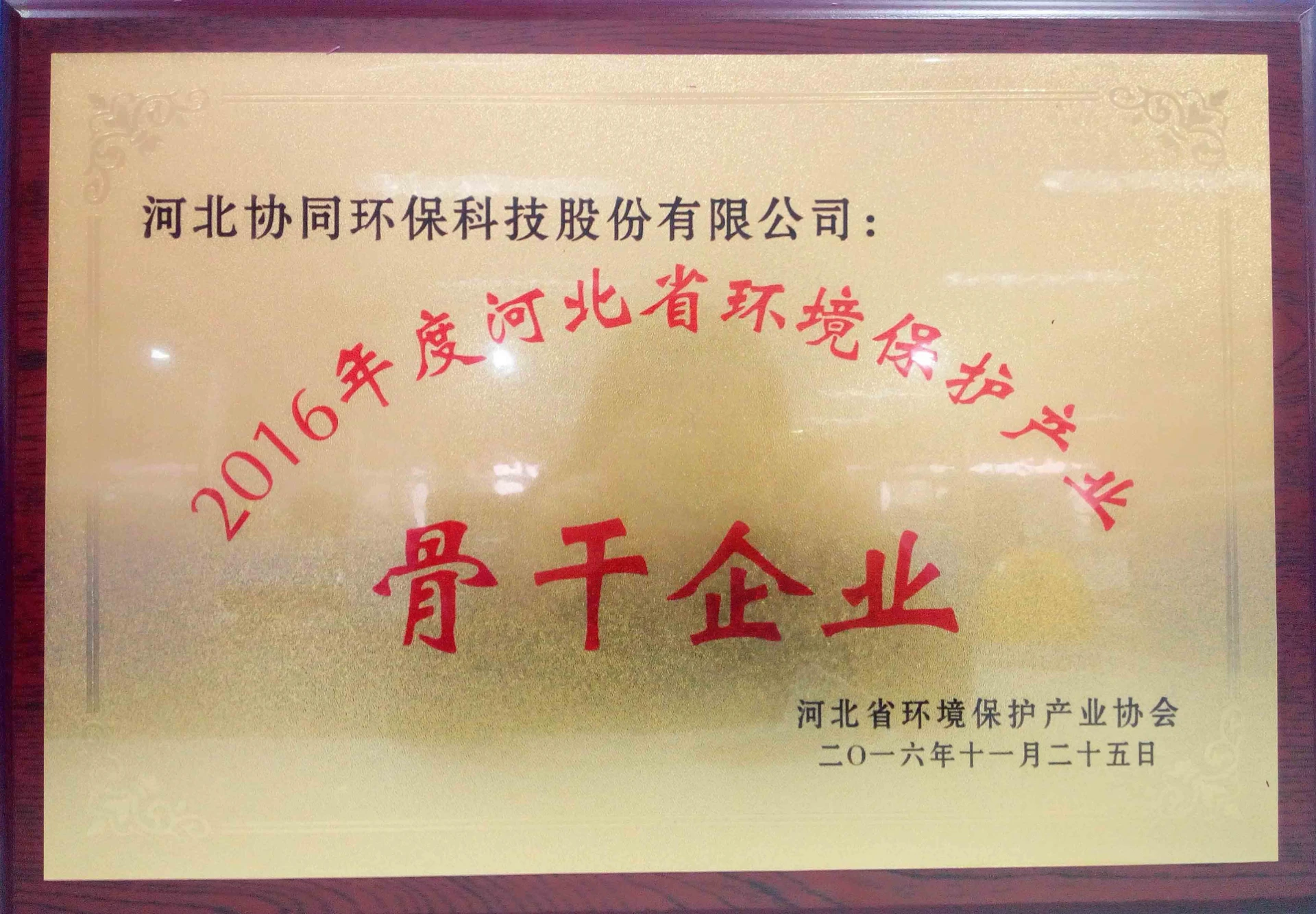
News
نوفمبر . 17, 2024 12:50 Back to list
chelating agent disodium edta
Understanding Disodium EDTA A Powerful Chelating Agent
Disodium EDTA (Ethylenediaminetetraacetic acid) is a widely recognized chelating agent utilized in various industries, including pharmaceuticals, cosmetics, food preservation, and environmental remediation. Known for its ability to bind metal ions, disodium EDTA plays a critical role in managing metal contaminants, enhancing the efficacy of products, and ensuring safety in various applications.
What is Chelation?
Chelation is a chemical process in which a molecule, typically called a chelator or chelating agent, forms multiple bonds with a metal ion. This creates a complex that can be more easily absorbed, excreted, or otherwise manipulated within a biological or chemical system. In the case of disodium EDTA, it has four carboxyl and two amino groups that can efficiently bind with a range of metal ions, such as calcium, magnesium, lead, and iron.
Applications of Disodium EDTA
1. Pharmaceuticals Disodium EDTA is often used in the formulation of medications. It stabilizes drugs by binding metal ions that could catalyze degradation reactions. Furthermore, it is employed in chelation therapy for patients with heavy metal poisoning, as it helps to remove toxic metals from the bloodstream.
2. Cosmetics and Personal Care Products In cosmetics, disodium EDTA acts as a preservative by preventing metal ions from catalyzing the breakdown of products. It enhances the stability and appearance of formulations, ensuring they remain effective and safe for consumers.
chelating agent disodium edta

3. Food Industry Disodium EDTA is used as a food preservative to bind trace metals that can cause spoilage and oxidative reactions in food products. It helps prolong shelf life and maintain the nutritional quality of foods. The FDA has approved its use in various food items, making it a common additive in processed foods.
4. Agriculture In agriculture, disodium EDTA is used to improve nutrient availability to plants. By chelating essential micronutrients such as iron, copper, and zinc, it enhances their solubility in soil, thereby facilitating plant uptake. This chelation process is particularly beneficial in alkaline soils where nutrient availability is typically low.
5. Environmental Remediation Disodium EDTA plays a significant role in environmental science, particularly in the remediation of contaminated soils and water. It can extract heavy metals from contaminated sites, allowing for safer disposal and restoration of contaminated environments. Its effectiveness in binding various metal ions makes it a valuable tool in addressing pollution related to industrial activities.
Safety and Regulatory Status
While disodium EDTA is recognized as safe for many applications, it is essential to consider its environmental and health impacts. It is biodegradable under specific conditions, yet it can persist in some environments, potentially affecting aquatic life by chelating essential nutrients. Regulatory agencies like the FDA and the European Food Safety Authority (EFSA) continuously review the safety and efficacy of disodium EDTA, ensuring that it is used responsibly within established guidelines.
Conclusion
Disodium EDTA is a versatile chelating agent that finds its applications across various fields, from medicine to agriculture to environmental science. Its ability to bind metal ions effectively positions it as an indispensable compound in modern-day formulations and technologies. As industries strive for safer and more effective products, the role of disodium EDTA will likely continue to grow, highlighting the importance of understanding and responsibly utilizing such compounds. Through ongoing research and development, the potential of disodium EDTA can be harnessed to address some of the most pressing challenges in environmental sustainability, public health, and food safety.
-
Polyaspartic Acid Salts in Agricultural Fertilizers: A Sustainable Solution
NewsJul.21,2025
-
OEM Chelating Agent Preservative Supplier & Manufacturer High-Quality Customized Solutions
NewsJul.08,2025
-
OEM Potassium Chelating Agent Manufacturer - Custom Potassium Oxalate & Citrate Solutions
NewsJul.08,2025
-
OEM Pentasodium DTPA Chelating Agent Supplier & Manufacturer High Purity & Cost-Effective Solutions
NewsJul.08,2025
-
High-Efficiency Chelated Trace Elements Fertilizer Bulk Supplier & Manufacturer Quotes
NewsJul.07,2025
-
High Quality K Formation for a Chelating Agent – Reliable Manufacturer & Supplier
NewsJul.07,2025
